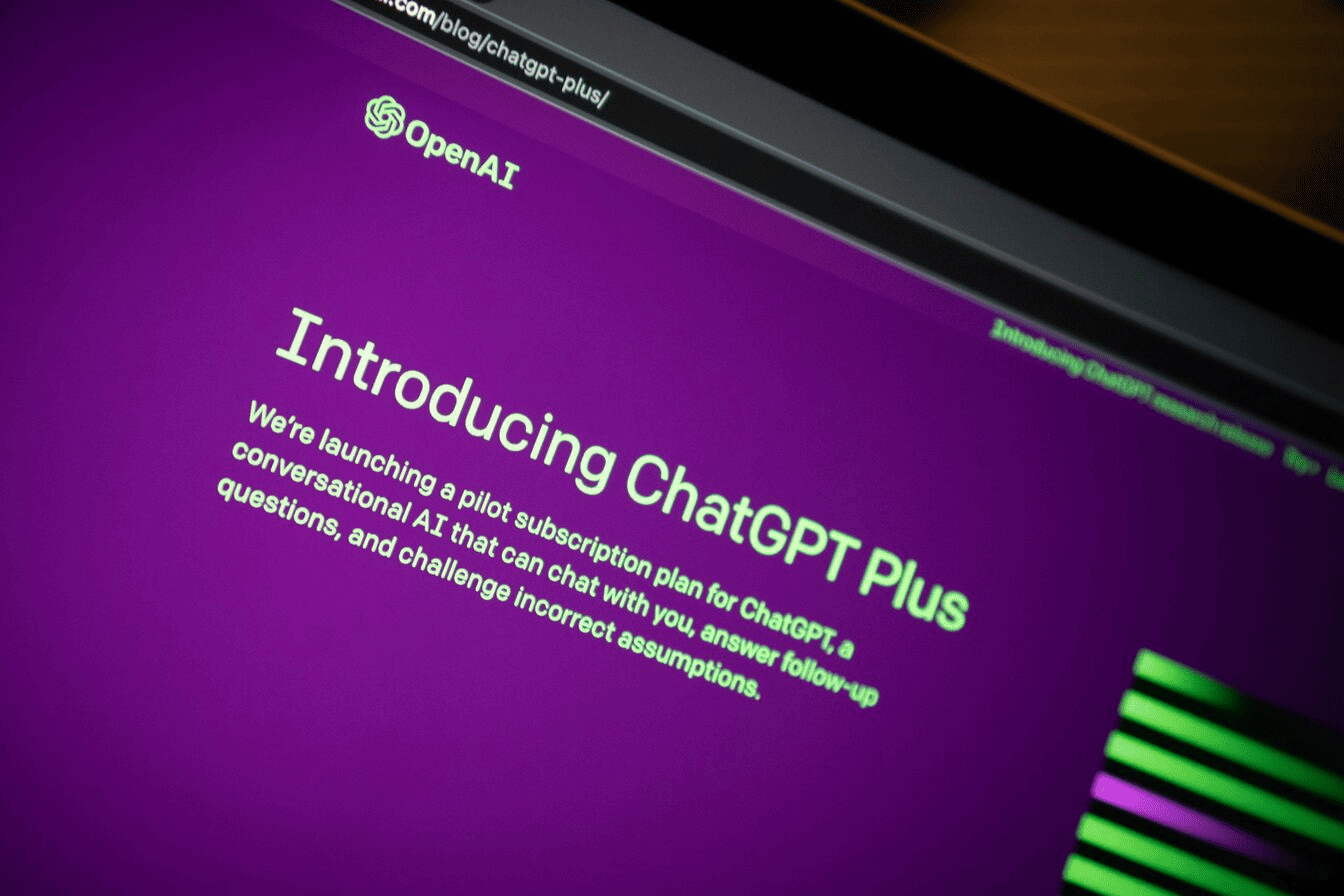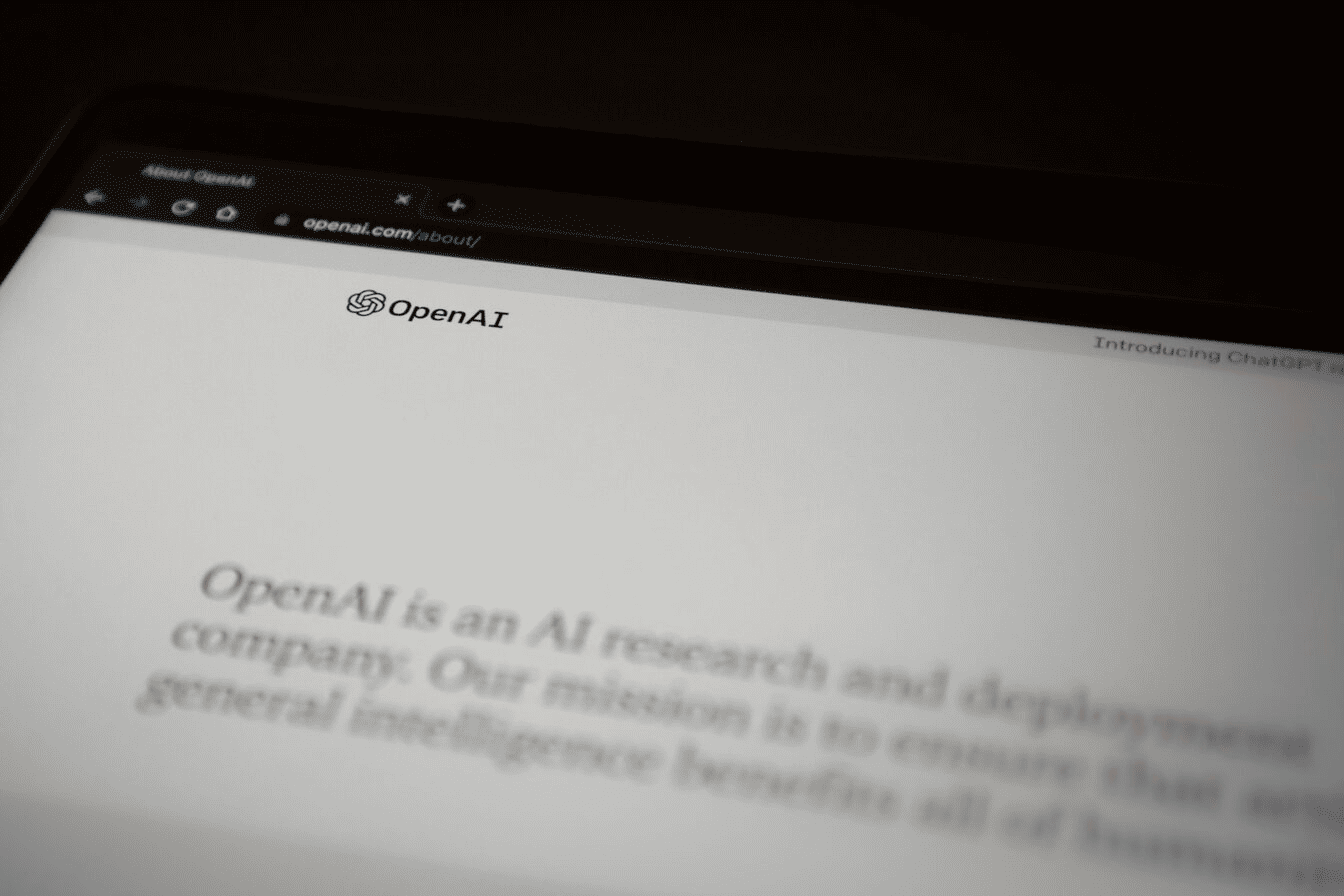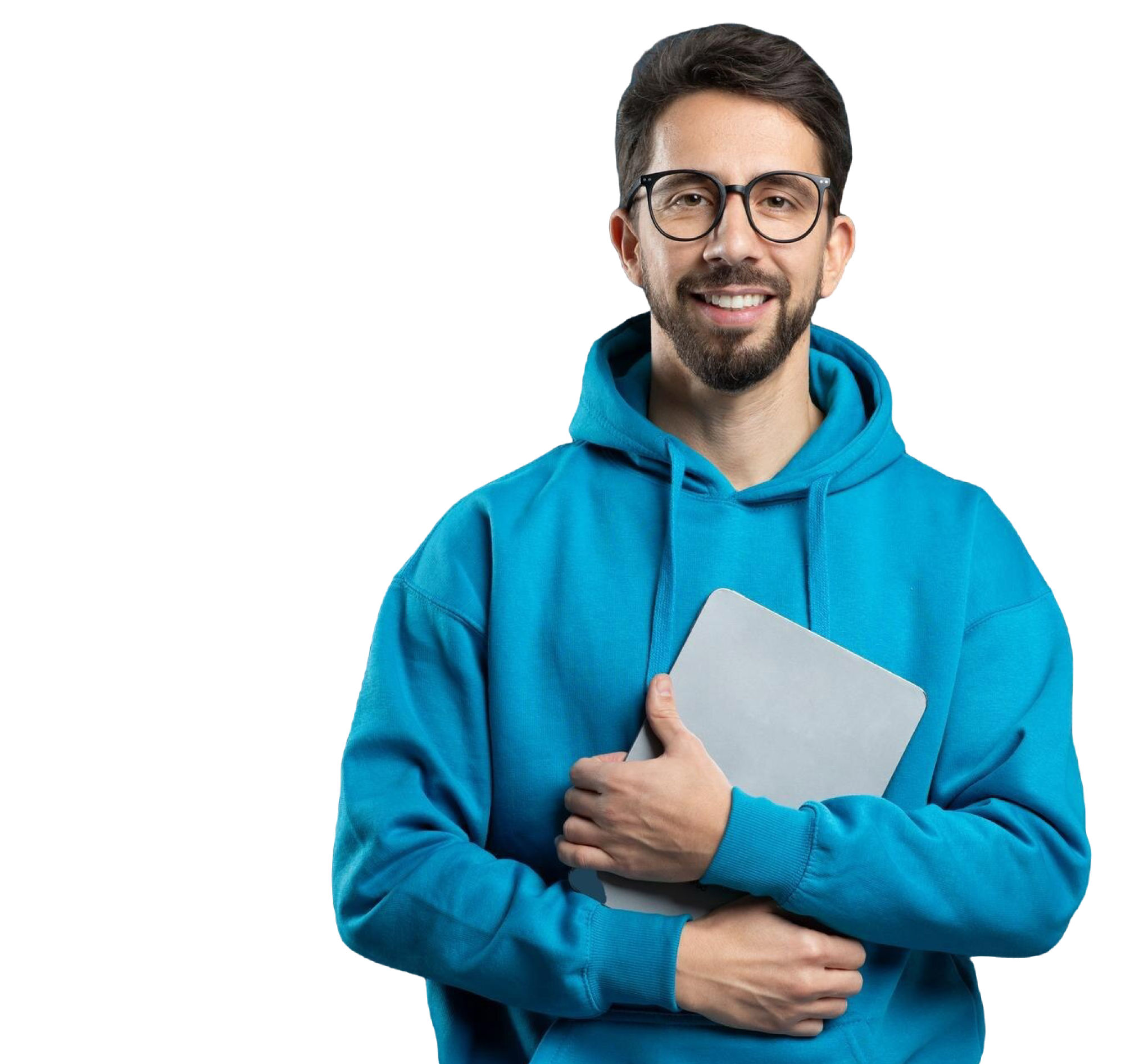We are now in the era of modernization, where Artificial Intelligence is a big factor in terms of essay writing, content creation, and more. Students and organizations rely on AI tools to check and enhance their writing. These tools aim to detect plagiarism, flag AI-generated content, and maintain originality. But just how reliable are they?
AI detectors use advanced algorithms to analyze patterns, structure, and word selection. However, just like any other technology, they are not perfect. This means they have limitations that can lead to false positives and missed detections. These issues raise concerns about their accuracy.
Read on as we find out how does an AI detector work, can they be wrong, and the limitations of these tools.

Oct 7, 2024 • 7 min read
What’s an AI Detector?
An AI detector is a software tool that uses algorithms to look for certain characteristics in a piece of writing. It searches for and identifies patterns and structures of text that are typical of AI-generated writing. It also looks for characteristics that are common with text created by people.
A common use of AI checker is to detect for plagiarism. College professors will use AI tools to scan essays, dissertations, and thesis statements to check for plagiarized content. However, many wonder “Is AI detection accurate?”
ChatGPT can easily create an essay. However, there can be several occasions where information coming from ChatGPT can be inaccurate or plainly plagiarized. An AI detection tool will pick up on that easily.

How Does an AI Detector Work?
AI detectors work by identifying patterns. They are trained by statistical models and large sets of data and can distinguish AI content from human writing. The most common AI writing tool is ChatGPT, although there are many more.
The algorithm will focus scans on perplexity and burstiness.
Perplexity of Text
Algorithms scan for perplexity to assess how confusing the text is for AI. The AI detector will determine if the writing appears unnatural or confusing.
So, short, sharp sentences would pass as human-written content as well as metaphorical, creative language. So, too, would writing that contains some spelling and grammatical errors.
But long, predictable, perfect sentences would be highlighted as possible AI-generated writing. This is because AI content is always flawless! Artificial intelligence can predict what will come next with these sentence types.
Let’s look at some examples of writing that scores a high perplexity score:
- Example: Beneath the shimmering memories of the past, we delve into iridescent echoes, wilting whispers, and fleeting colors of time.
The above example will score high in perplexity due to its unpredictability and creativity. It will confuse AI models and make it more difficult to identify.
Here is an example of a sentence that will score low in perplexity:
- Example: We reflect on the past, remembering colors, sounds, and moments that quickly fade.
In this example, sentence structure is straightforward and uses common words. There’s no abstract language to perplex artificial intelligence. AI can predict the sentence and is not confused by it.
Burstiness of Sentences
The algorithm scans for burstiness. This describes how complex and diverse a sentence is. Sentences that consist of low burstiness will offer little variation. The sentence structure and sentence length will be similar, a common trait of AI content.
Sentences that have a variety of lengths and different structures will be assessed as having high burstiness. People usually insert more variation into their writing, whereas AI will use predictable patterns and styles.
Let’s look at an example of a sentence that would score high in burstiness:
- Example: The wind howled. It wasn’t just any kind of wind, though – this was the sort that clawed at windows.
The short sentence at the start contrasted with the longer sentence adds variety.
Here is a similar sentence that would be assessed as low burstiness:
- Example: The wind howled as it clawed at the windows, sent leaves swirling, and carried the scent of distant rain.
This sentence has a predictable length and common descriptions.

Can AI Detection Tools Be Wrong?
AI detection can be wrong. After all, it’s doubtful that AI tools can be taught every possibility when predicting content. The AI detector might generate a false positive, determining that human-written content is AI-generated.
Alternatively, AI detection might provide a false negative, failing to identify AI-generated content. In these instances, plagiarism can slip through the net.
Additionally, the quality of the training might hinder the accuracy of AI detection. Algorithm bias might be present, or it might be sensitive in some circumstances.
Is AI Detection Accurate: 3 Top Factors That Limit AI Tools
There are several ways that an AI tool might be wrong when aiming to identify AI-generated content.
1. Inability To Detect Paraphrased Content
AI detection can give false positives and false negatives. So, the AI tool might flag content as AI-generated if common phrases are included in the text. This may also be the case if text is paraphrased as the content could still appear similar to the original.
Just as AI detectors can incorrectly assess text as being AI, they can fail to detect suspicious content. This can occur if the content has been paraphrased really well, or if various sources are not available to the AI tool.
2. Poor Training Data Quality
The quality of the models and data used to train the AI detector can be poor. It could also be limited and lacking in diversity. In such situations, the accuracy of detection can be less than satisfactory.
3. Difficulty Keeping Up With Sophisticated AI Models
ChatGPT was launched by OpenAI to the masses at the end of 2022. Despite being a revolutionary tool, it’s already been improved with the GPT-4 Turbo model.
As AI models evolve and AI content becomes more humanized, AI detectors could struggle to find A writing. As AI text becomes more natural with each new AI model, advanced detection tools will be needed.

What Can AI Detectors Identify?
AI detectors can identify AI-generated content, created by AI tools such as ChatGPT. So, if you’ve prompted ChatGPT to write an essay for you, AI detection should pick that up as AI content. Your professor will detect ChatGPT!
AI tools can also identify plagiarism, particularly when using an expert Plagiarism Checker. So, if you’ve copied sections of a book or an online source, the Plagiarism Checker should identify that you are cheating.
Your professor will see that you’ve plagiarized content in both situations so avoid plagiarism at all costs. Remember that there are significant consequences of plagiarism.
Why Is Plagiarism Wrong?
Whether you have copied content from another source or generated an AI essay, you’ve committed plagiarism. This is ethically wrong as you are stealing someone else’s work without giving them proper credit.
If your professor discovers that you’ve plagiarized, you’ll need to submit your work again. In many instances, you will be capped at a pass for your re-submission. In some situations, you might automatically fail the subject. This will depend on the policies of the institution.
There could also be legal consequences of plagiarism. Plagiarism falls under US copyright laws, making it illegal to steal someone else’s words. If you commit plagiarism on a large scale and profit from it, you could face serious consequences.
So, let’s say you publish a book containing someone else’s content but claim it as your own. You profit from the sale of the books. In this situation, you might be found guilty of breaching copyright laws. The consequence of this is a substantial fine or imprisonment.

Get Smodin To Help You With Content Creation
So, can AI detectors be wrong? Yes! Never fully rely on AI in any situation. Create your own work and cite your sources fully.
If you need any extra help with your writing, check out Smodin. We offer a wide range of helpful blogs and useful tools to help you improve your content and get higher grades in your essays!
Join the Smodin community today and create content that will impress!

FAQs
How can you find out if content is AI-generated?
Use an AI detection tool to find out if content is AI-generated text. You simply need to paste your content into the AI tool and the software will highlight suspicious sentences. You can also use platforms and browser extensions to detect AI.
AI detection scores are generated to assess possible AI use. The AI detection score can either state the percentage of natural or AI content.
Can you trick AI detection tools?
You can trick AI content detectors by using a vast range of synonyms and antonyms when writing your essay. You can also include punctuation and homoglyphs to try to bypass AI detection.
How reliable is OpenAI’s AI classifier?
OpenAI’s AI classifier is renowned for being unreliable when checking shorter texts that are under 1,000 characters long.


 AI
Plagiarism Checker
AI
Plagiarism Checker
 AI
Content Detection Remover
AI
Content Detection Remover
